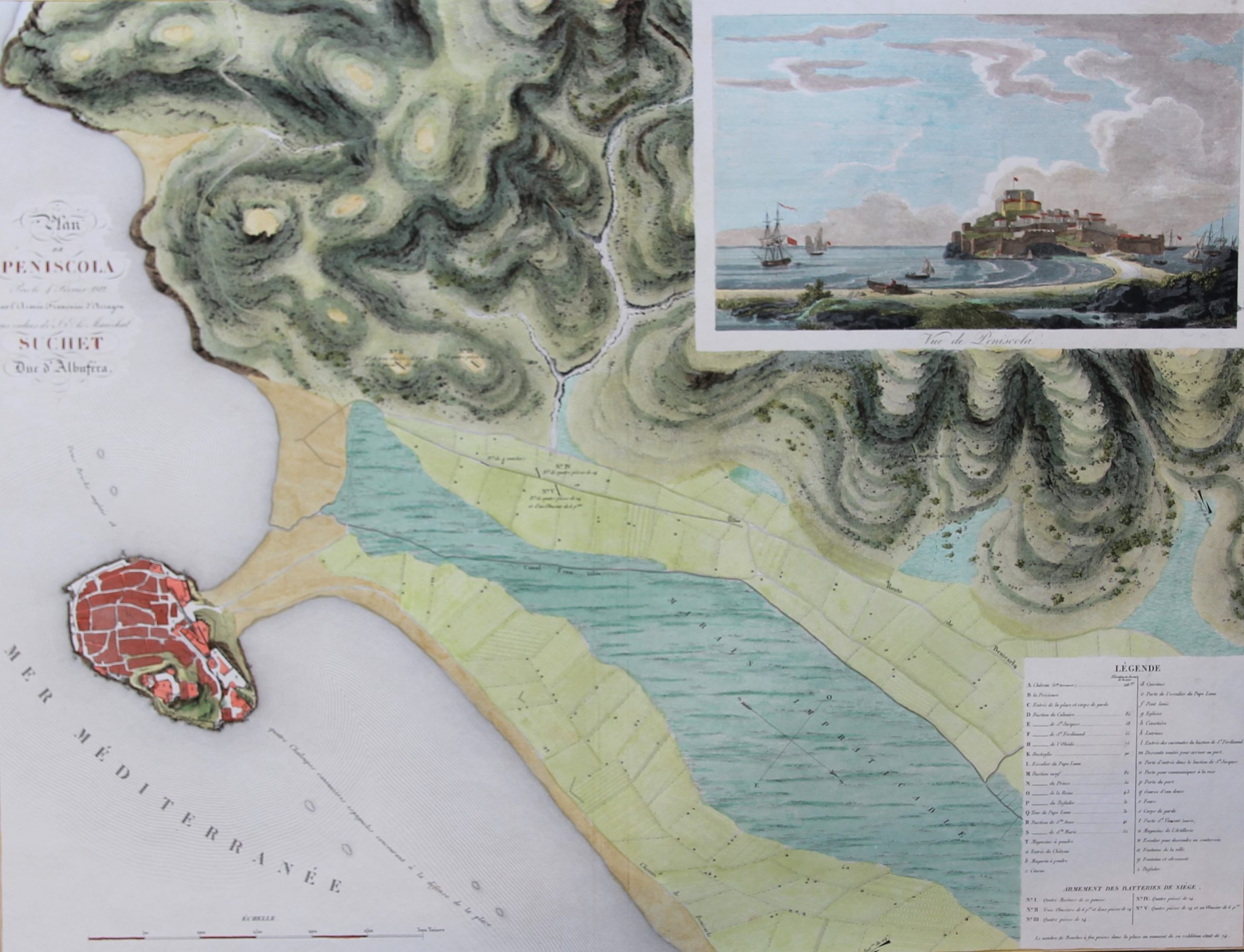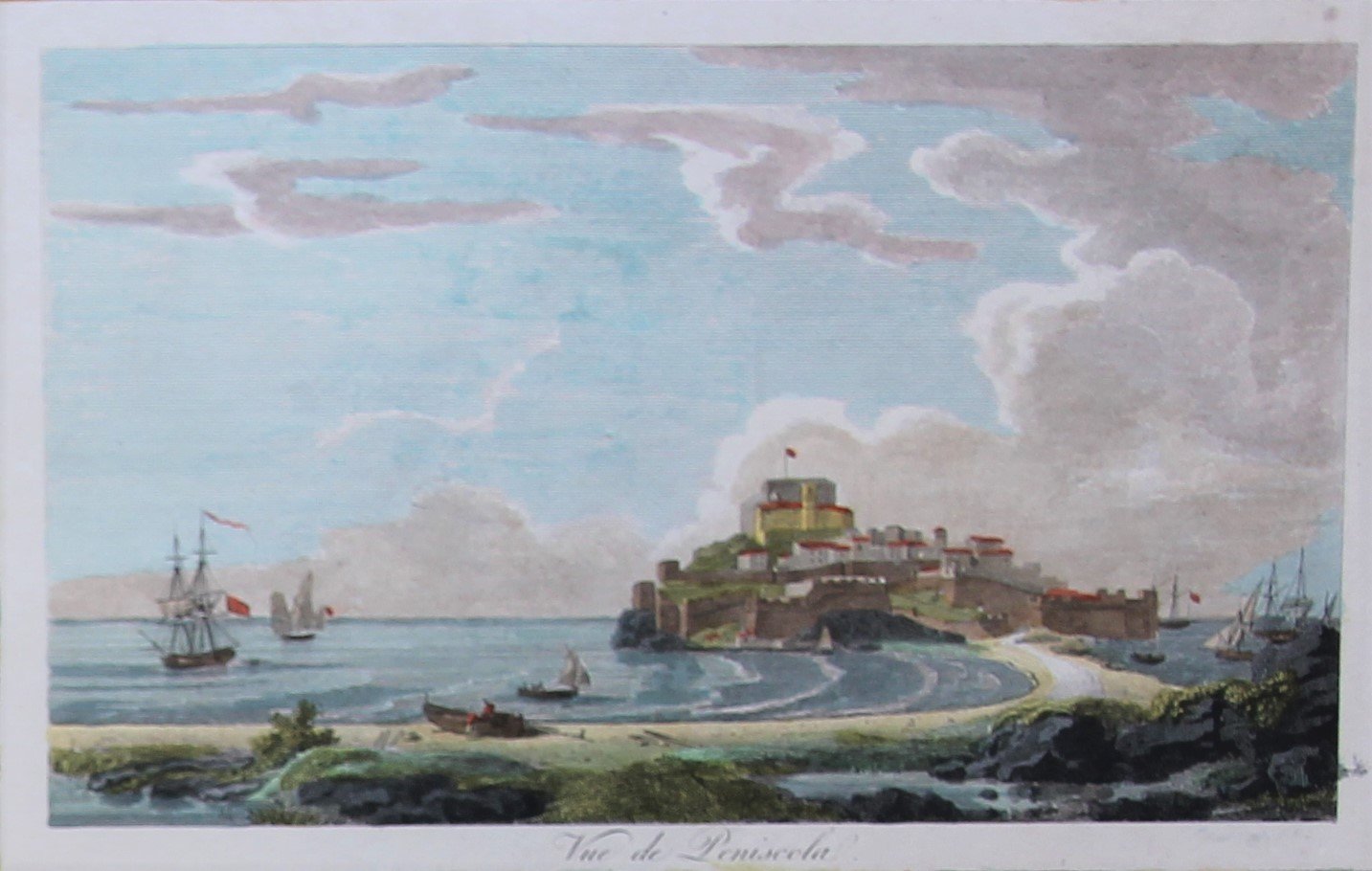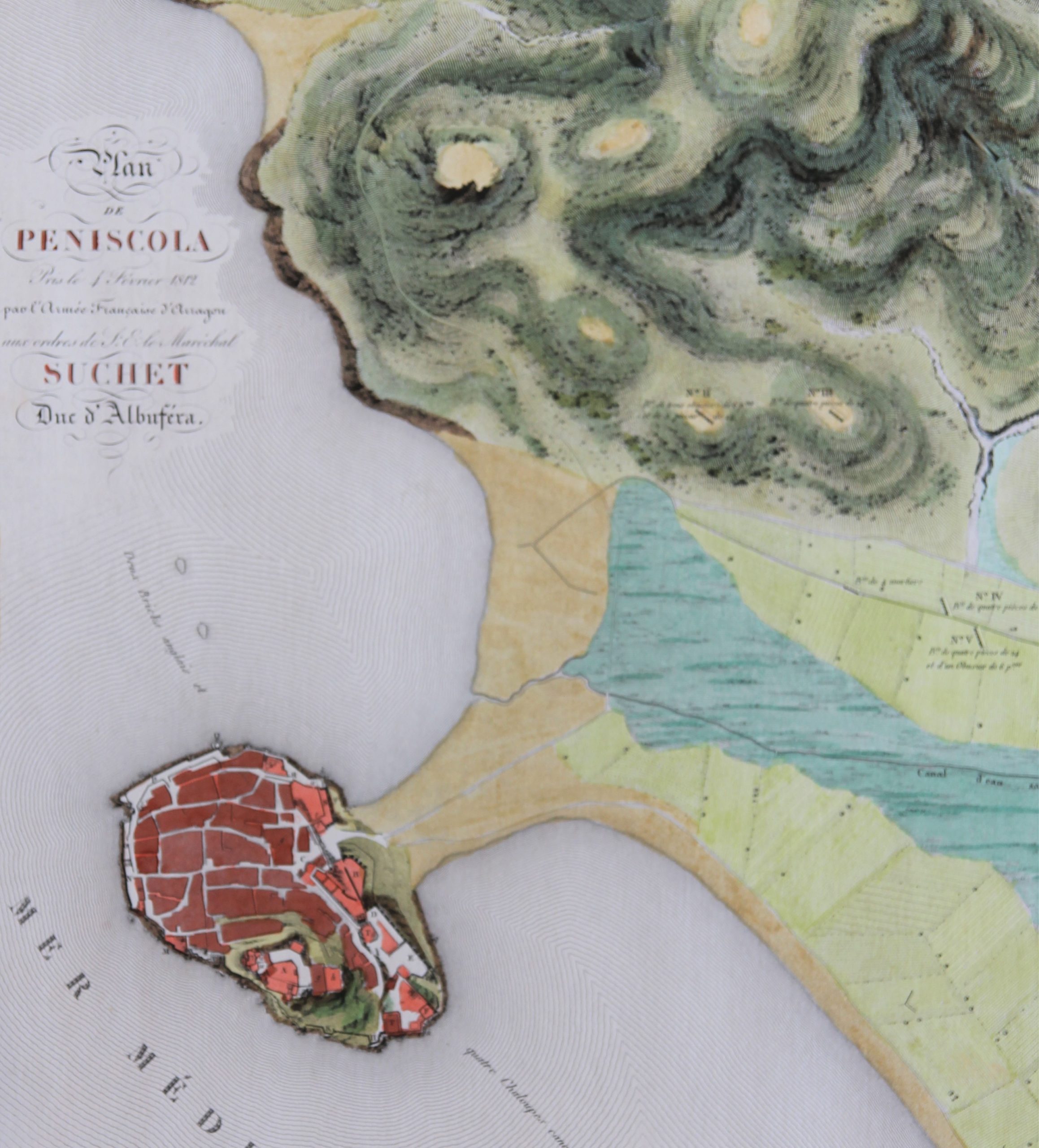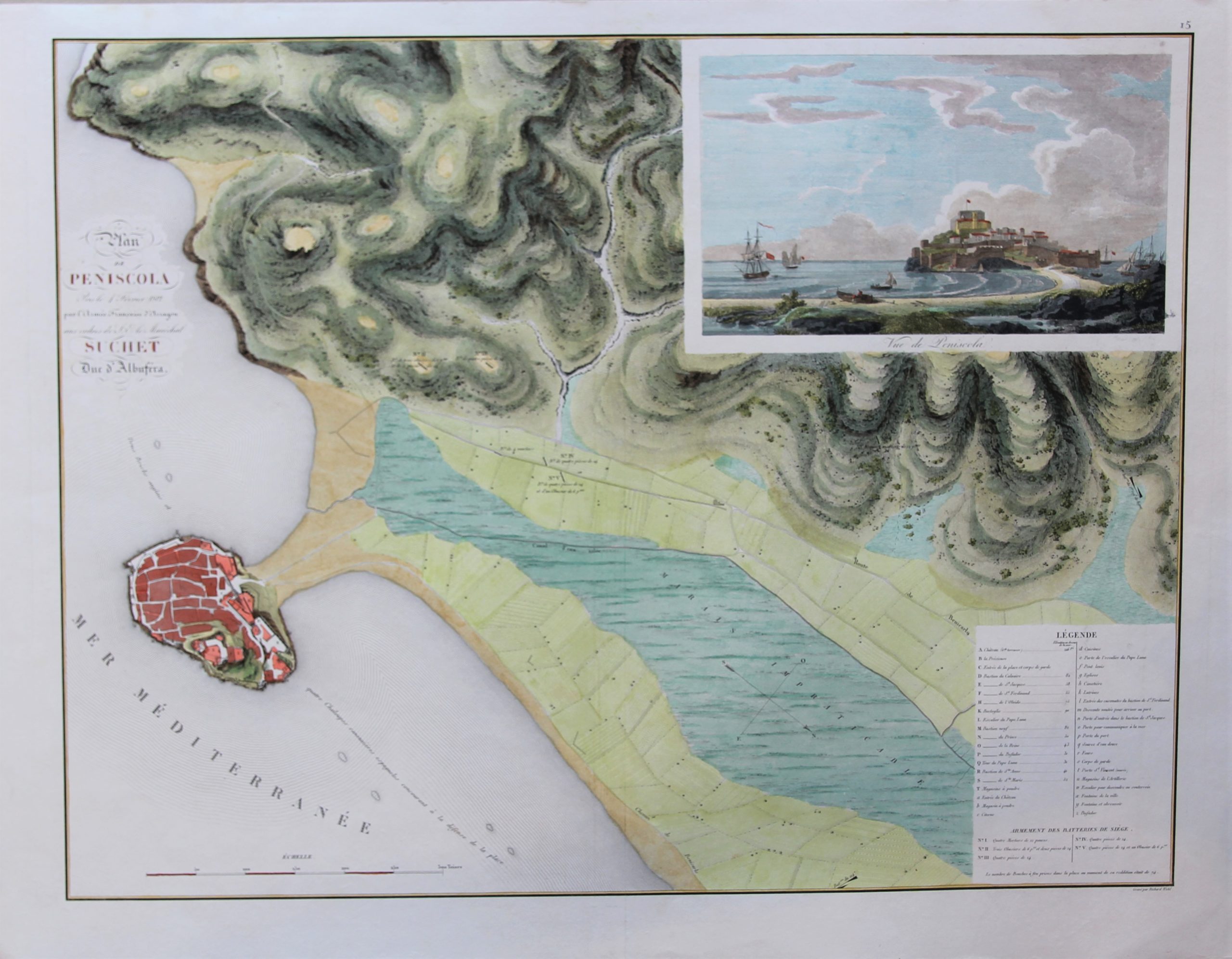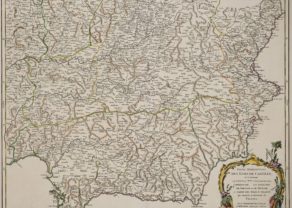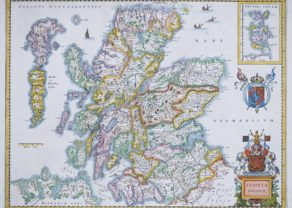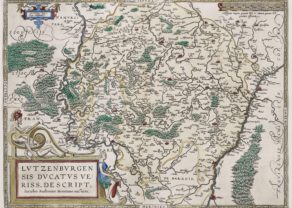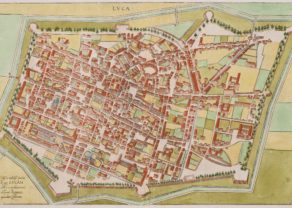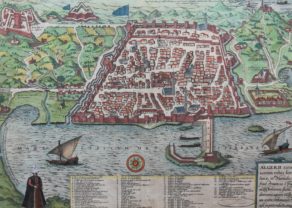Peniscola (Valencia)
Sublime document of history
Detail
Date of first edition: 1828
Date of this edition: 1828
Dimensions (not including margins): 34 x 32 cm
Dimensions (including margins): 53 x 68 cm
Condition: Mint. Sharp engraving printed on strong paper. Sober old coloured. Centre fold as published. Very wide margins.
Condition rating: A+
Verso: blank (mint)
From: Memoires du Marchel Suchet sur sus campagnes en Espagne depuis 1808 jusqu’en 1814, Paris, 1828
In stock
Marshal Suchet and Peniscola
On 4 February 1812 Louis-Gabriel Suchet, marechal et duc de Albufera, took Peniscola.
In the campaigns of 1805 and 1806, he greatly enhanced his reputation at the Battles of Austerlitz, Saalfeld, Jena Pultusk and Ostrolenka, in the last of which he commanded an infantry division. He obtained the title of count on 19 March 1808.
Ordered to Spain, he took part in the Siege of Saragossa, after which he was named commander of the army of Aragon and governor of that region. Within two years, he brought the area into complete submission by wise and adroit administration no less than by his brilliant valor. Beaten by the Spanish at Alcantiz, he sprung back and soundly defeated the army of Blake y Joyes at Maria on 14 June 1809. On 22 April 1810, he defeated O’Donnell at Lleida. After the siege of Tarragona, he was named marshal of France on 8 July 1811.
In 1812, his Army of Aragon captured Peniscola and Valencia for which he was rewarded with the dukedom of Albufera. When the tide turned against France, Suchet defended his territorial occupations one by one until compelled to withdraw from Spain, after which he took part in Soult’s defensive campaign of 1814.
